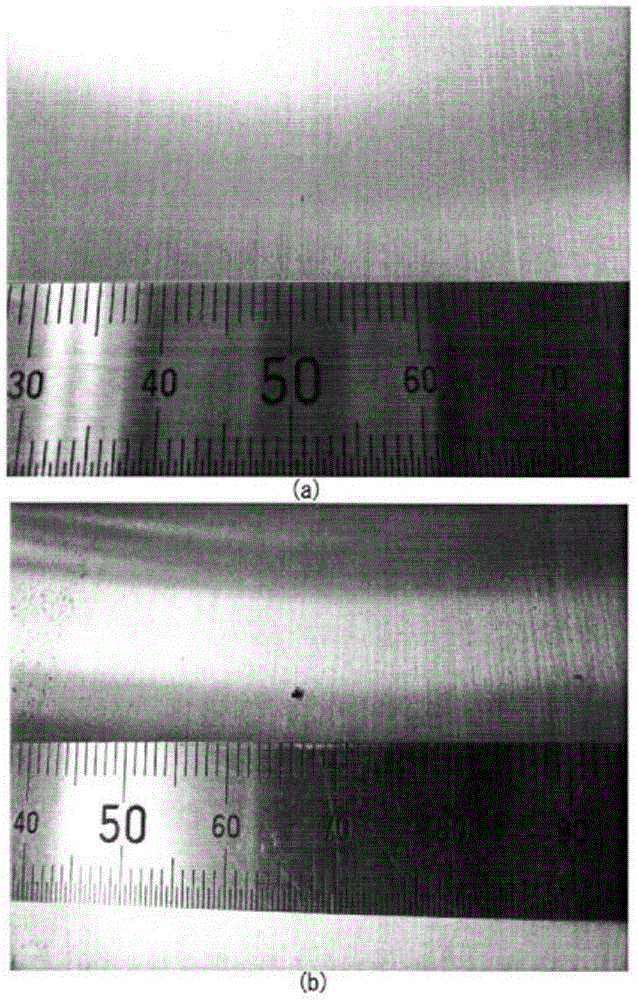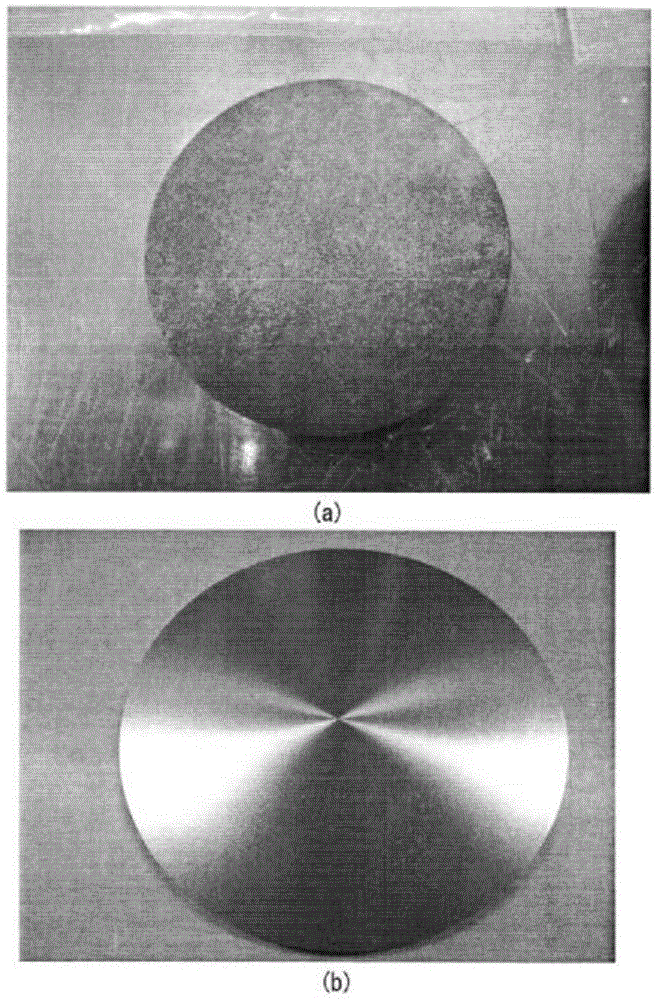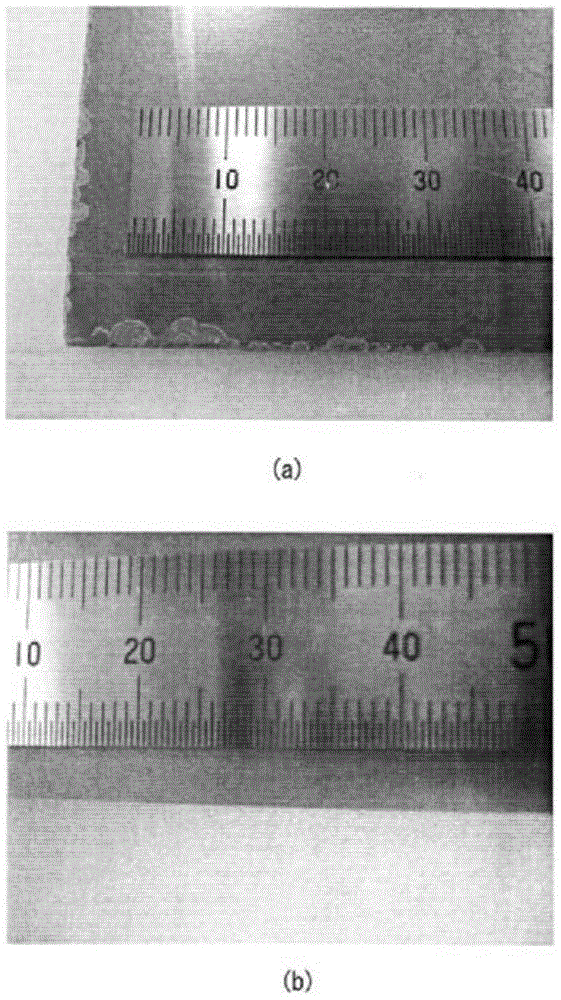Sputtering target and process for producing same
A manufacturing method and sputtering target technology, applied in the field of sputtering targets, can solve problems such as abnormal discharge, generation of spots, increase of abnormal discharge, etc., achieve high mass productivity, suppress moisture absorption and discoloration, and suppress abnormal discharge effects
- Summary
- Abstract
- Description
- Claims
- Application Information
AI Technical Summary
Problems solved by technology
Method used
Image
Examples
preparation example Construction
[0091]
[0092] In order to prepare the mixed powder of the Na compound powder and the Cu-Ga powder, it is possible to use a pulverizing and mixing device (for example, a ball mill, a jet mill, a Henschel mixer, an attritor, etc.) which differs in the pulverization method and the mixing method. The following methods (1) to (3).
[0093] (1) When crushing the Na compound powder and mixing with the Cu-Ga powder, respectively
[0094] It is preferable that the average secondary particle diameter of the Na compound obtained by crushing is 1-5 micrometers. The crushing process is preferably performed in a dry environment with humidity RH: 40% or less. As described above, the crushed Na compound powder thus obtained is preferably dried at 70°C or higher before mixing.
[0095] Next, using a dry mixer, the Na compound powder and the Cu—Ga powder prepared with the target composition were mixed in a dry environment with a relative humidity of RH: 40% or less to prepare a mixed powd...
Embodiment
[0124] Next, the evaluation results of the sputtering target and the manufacturing method thereof according to the present invention will be described with reference to the examples prepared according to the above-described embodiments.
[0125] "Example"
[0126] First, Cu—Ga alloy powder, Cu powder (purity 4N), and Na compound powder having a purity of 3N and a primary average particle size of 1 μm having the composition and particle size shown in Table 1 were blended into the composition shown in Table 1. amount to prepare mixed powders of Examples 1 to 24. These mixed powders were dried in the vacuum environment specified above. After that, the dried raw material powder was put into a polyethylene bottle with a volume of 10 L, and zirconia balls with a diameter of 2 mm which were dried at 80° C. for 10 hours were also put in, and mixed with a ball mill for a predetermined time. The mixing is carried out in a nitrogen atmosphere. In addition, the zirconia balls with a di...
PUM
| Property | Measurement | Unit |
|---|---|---|
| Flexural strength | aaaaa | aaaaa |
| Particle size | aaaaa | aaaaa |
| Roughness | aaaaa | aaaaa |
Abstract
Description
Claims
Application Information
 Login to View More
Login to View More - R&D
- Intellectual Property
- Life Sciences
- Materials
- Tech Scout
- Unparalleled Data Quality
- Higher Quality Content
- 60% Fewer Hallucinations
Browse by: Latest US Patents, China's latest patents, Technical Efficacy Thesaurus, Application Domain, Technology Topic, Popular Technical Reports.
© 2025 PatSnap. All rights reserved.Legal|Privacy policy|Modern Slavery Act Transparency Statement|Sitemap|About US| Contact US: help@patsnap.com



